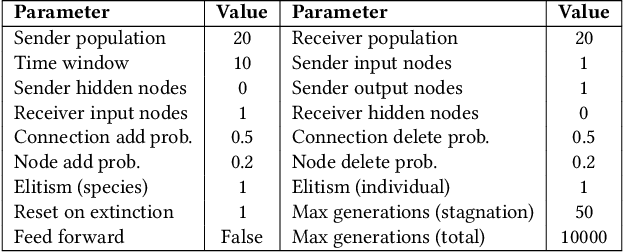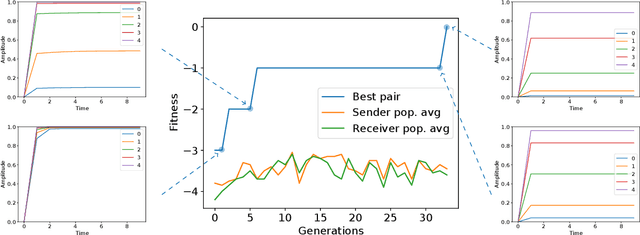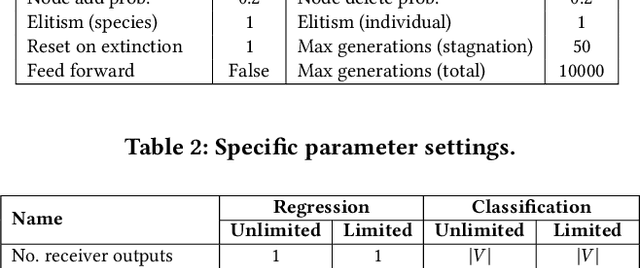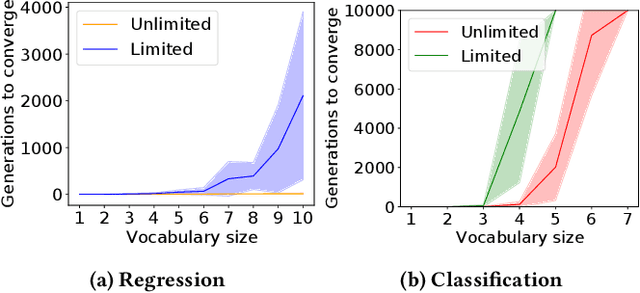Quintino Francesco Lotito
Influence Maximization in Hypergraphs using Multi-Objective Evolutionary Algorithms
May 16, 2024Abstract:The Influence Maximization (IM) problem is a well-known NP-hard combinatorial problem over graphs whose goal is to find the set of nodes in a network that spreads influence at most. Among the various methods for solving the IM problem, evolutionary algorithms (EAs) have been shown to be particularly effective. While the literature on the topic is particularly ample, only a few attempts have been made at solving the IM problem over higher-order networks, namely extensions of standard graphs that can capture interactions that involve more than two nodes. Hypergraphs are a valuable tool for modeling complex interaction networks in various domains; however, they require rethinking of several graph-based problems, including IM. In this work, we propose a multi-objective EA for the IM problem over hypergraphs that leverages smart initialization and hypergraph-aware mutation. While the existing methods rely on greedy or heuristic methods, to our best knowledge this is the first attempt at applying EAs to this problem. Our results over nine real-world datasets and three propagation models, compared with five baseline algorithms, reveal that our method achieves in most cases state-of-the-art results in terms of hypervolume and solution diversity.
A Signal-Centric Perspective on the Evolution of Symbolic Communication
Mar 31, 2021



Abstract:The evolution of symbolic communication is a longstanding open research question in biology. While some theories suggest that it originated from sub-symbolic communication (i.e., iconic or indexical), little experimental evidence exists on how organisms can actually evolve to define a shared set of symbols with unique interpretable meaning, thus being capable of encoding and decoding discrete information. Here, we use a simple synthetic model composed of sender and receiver agents controlled by Continuous-Time Recurrent Neural Networks, which are optimized by means of neuro-evolution. We characterize signal decoding as either regression or classification, with limited and unlimited signal amplitude. First, we show how this choice affects the complexity of the evolutionary search, and leads to different levels of generalization. We then assess the effect of noise, and test the evolved signaling system in a referential game. In various settings, we observe agents evolving to share a dictionary of symbols, with each symbol spontaneously associated to a 1-D unique signal. Finally, we analyze the constellation of signals associated to the evolved signaling systems and note that in most cases these resemble a Pulse Amplitude Modulation system.
 Add to Chrome
Add to Chrome Add to Firefox
Add to Firefox Add to Edge
Add to Edge